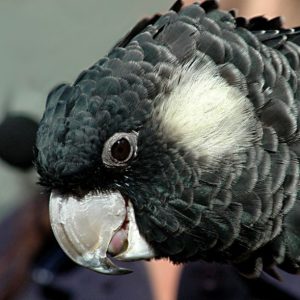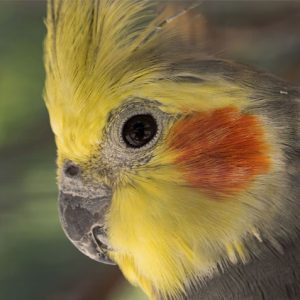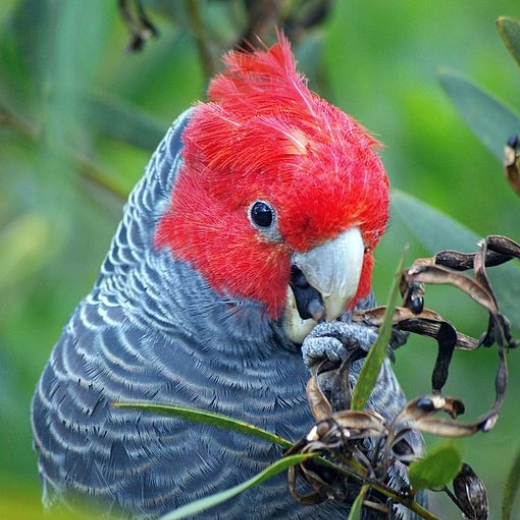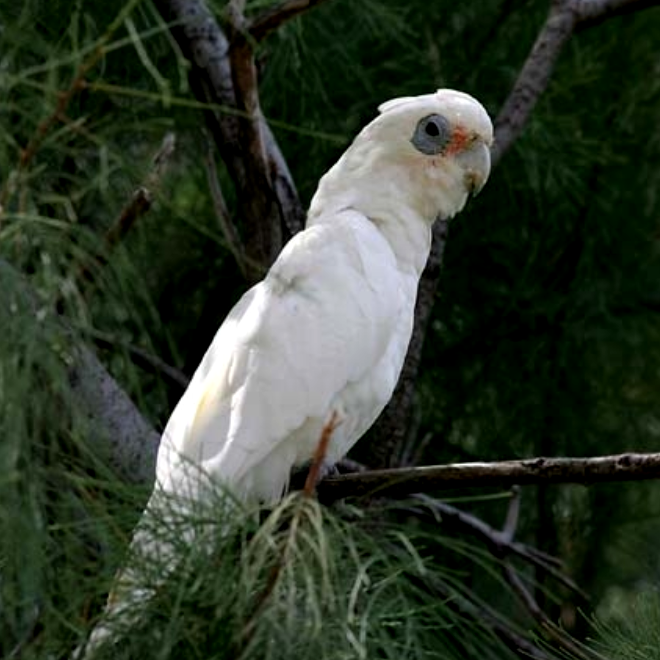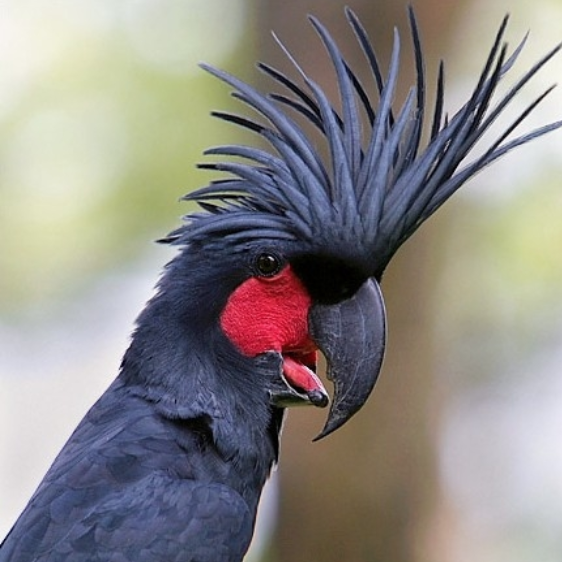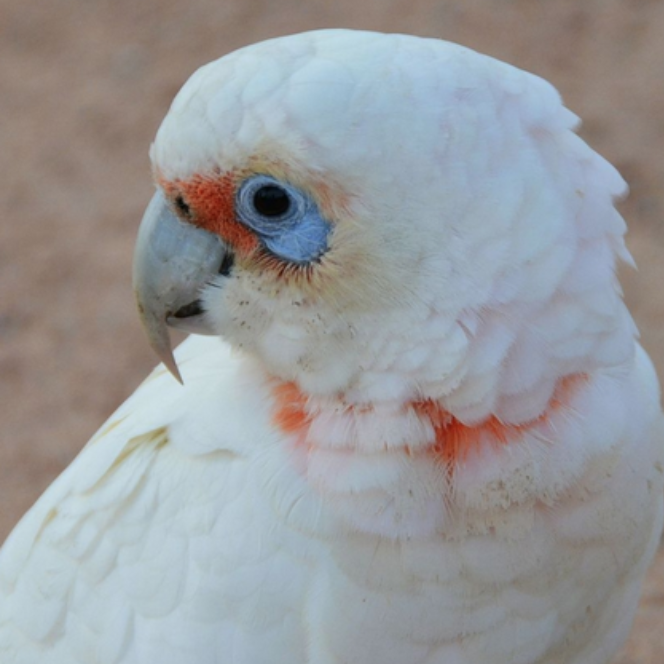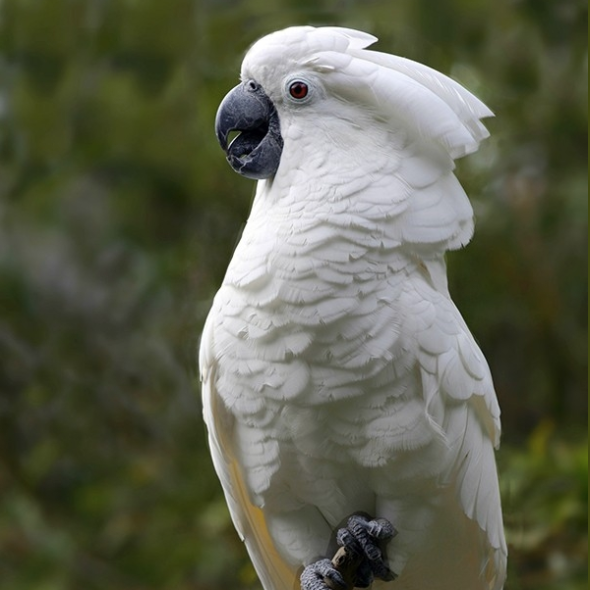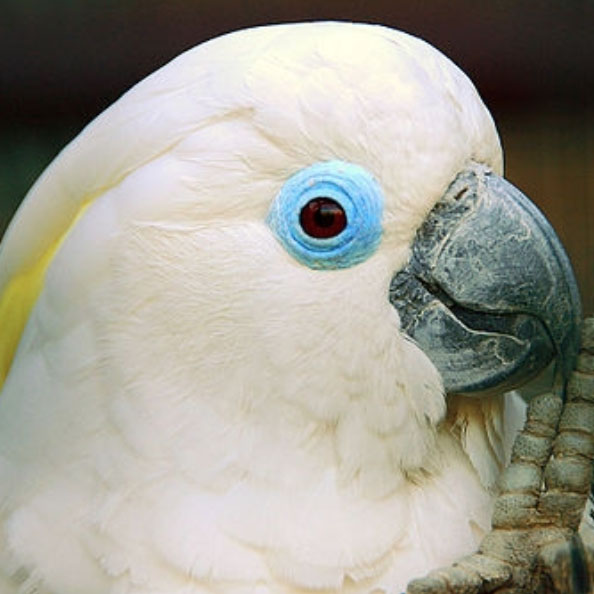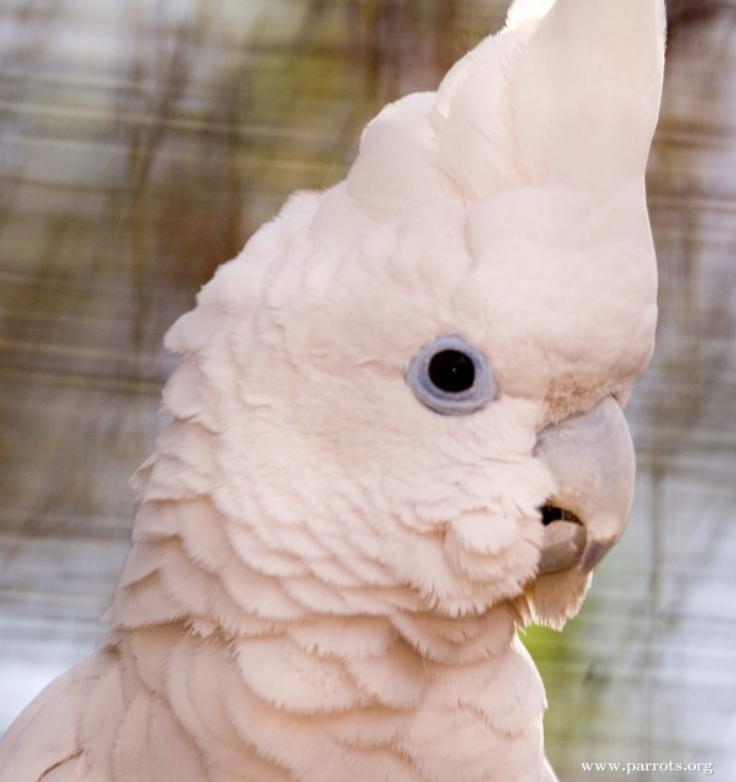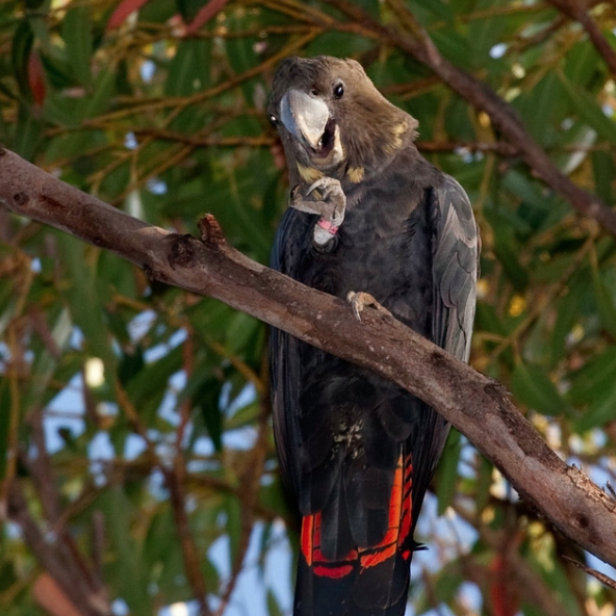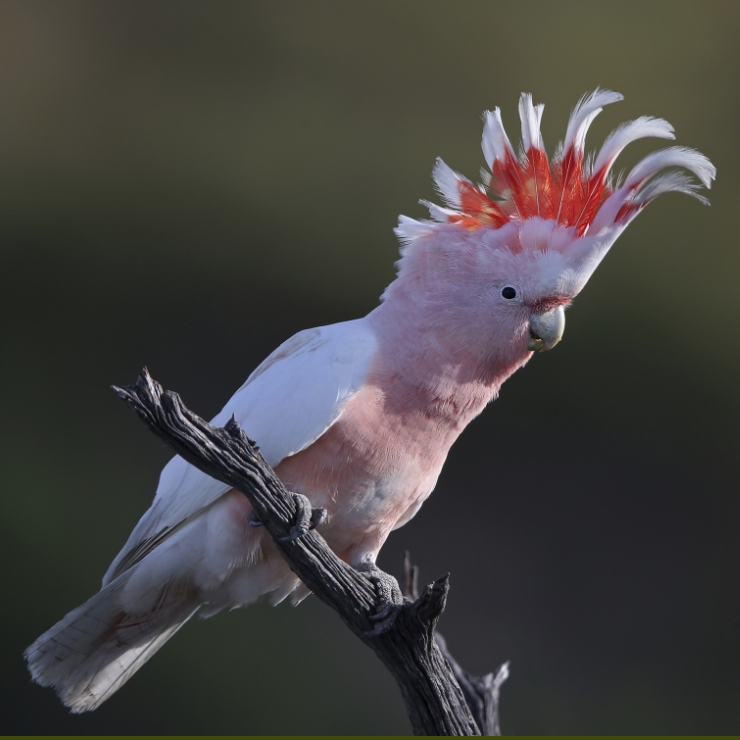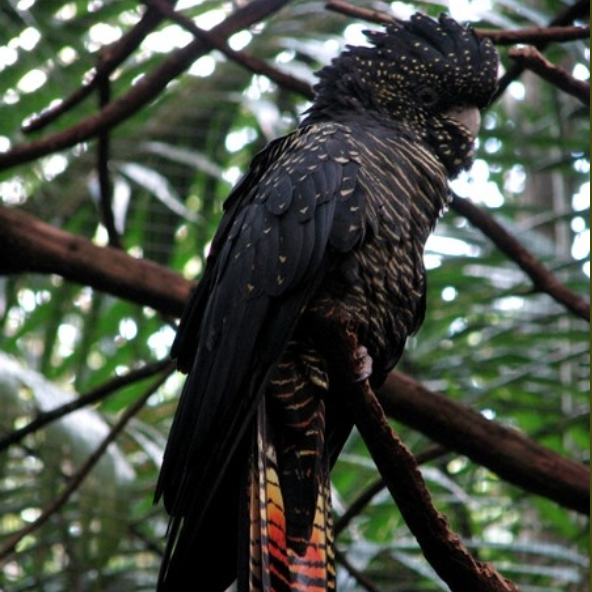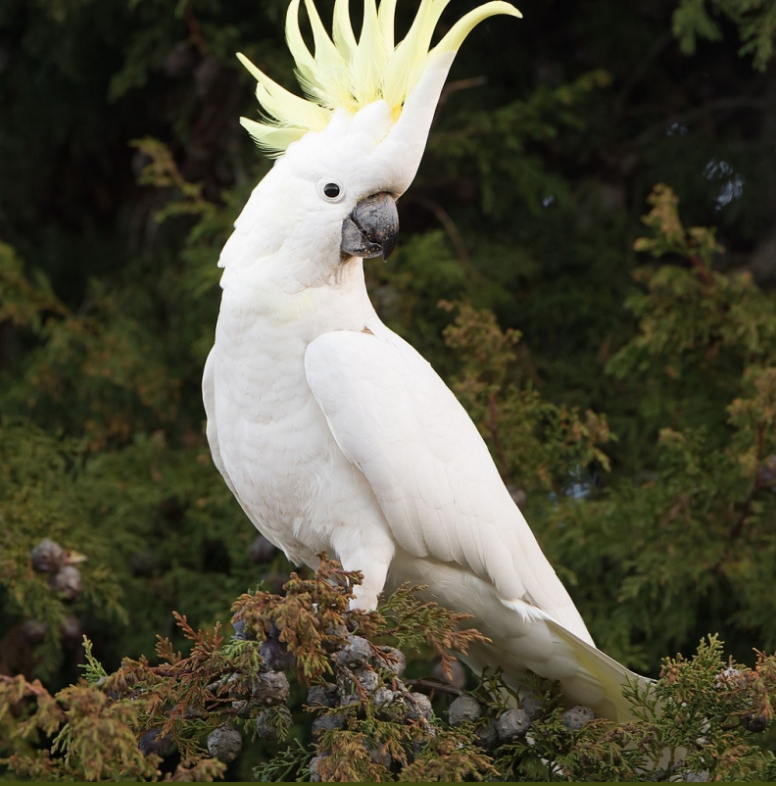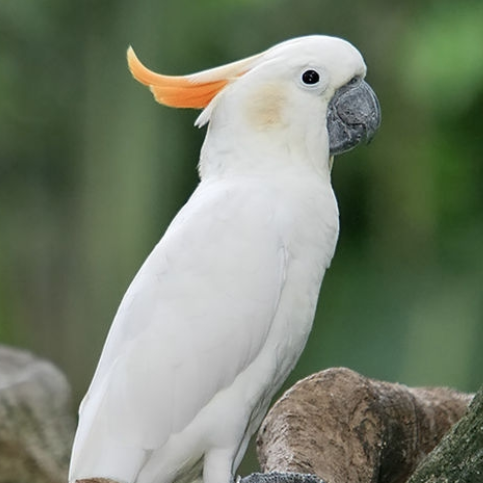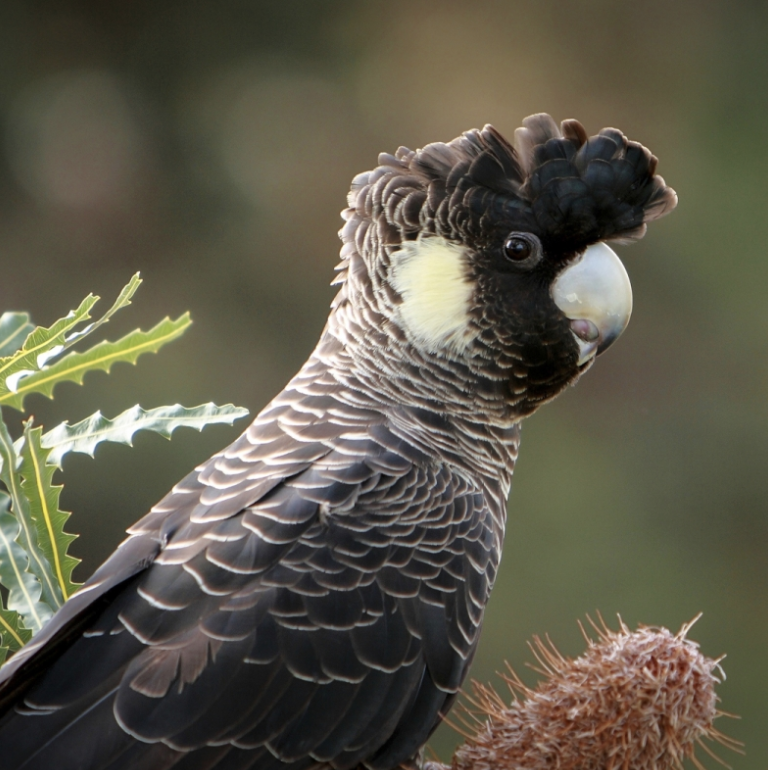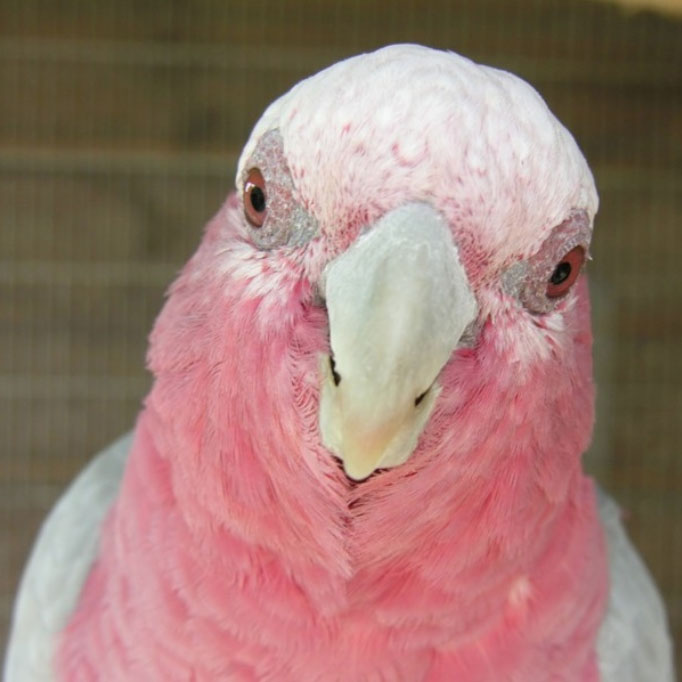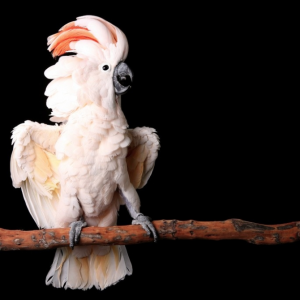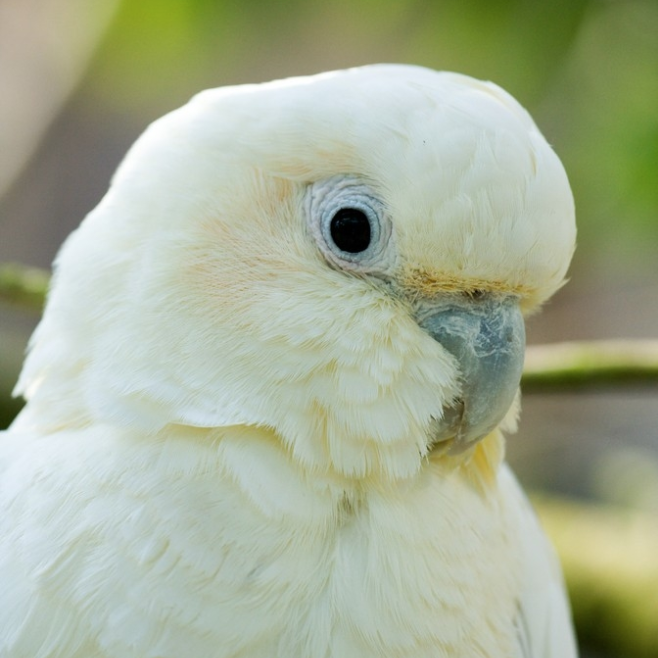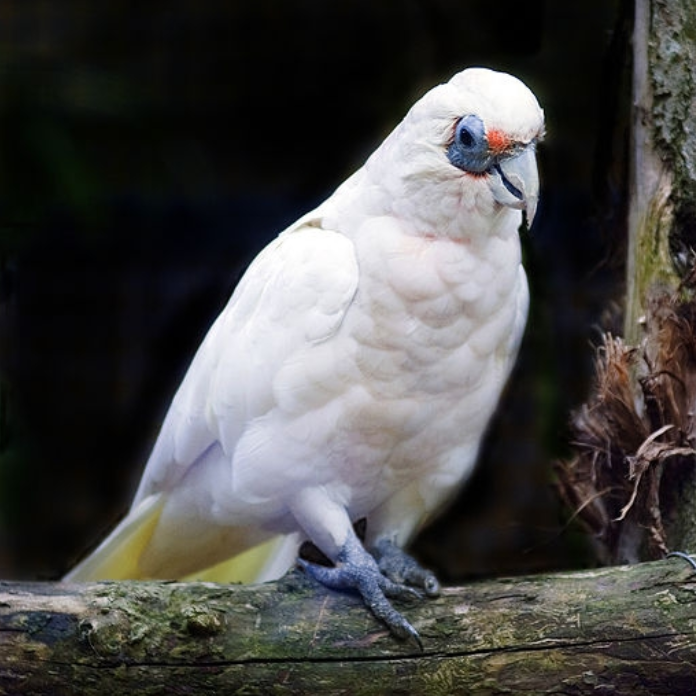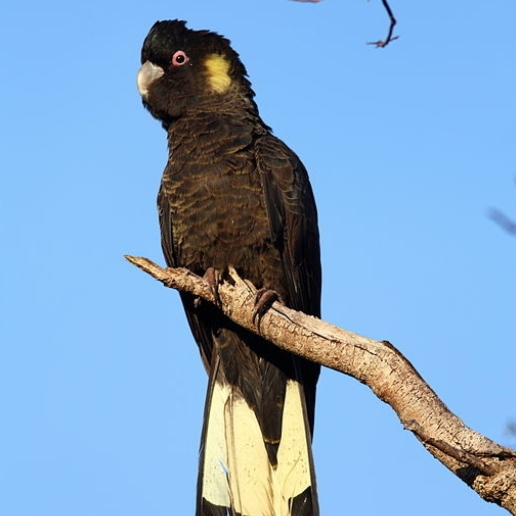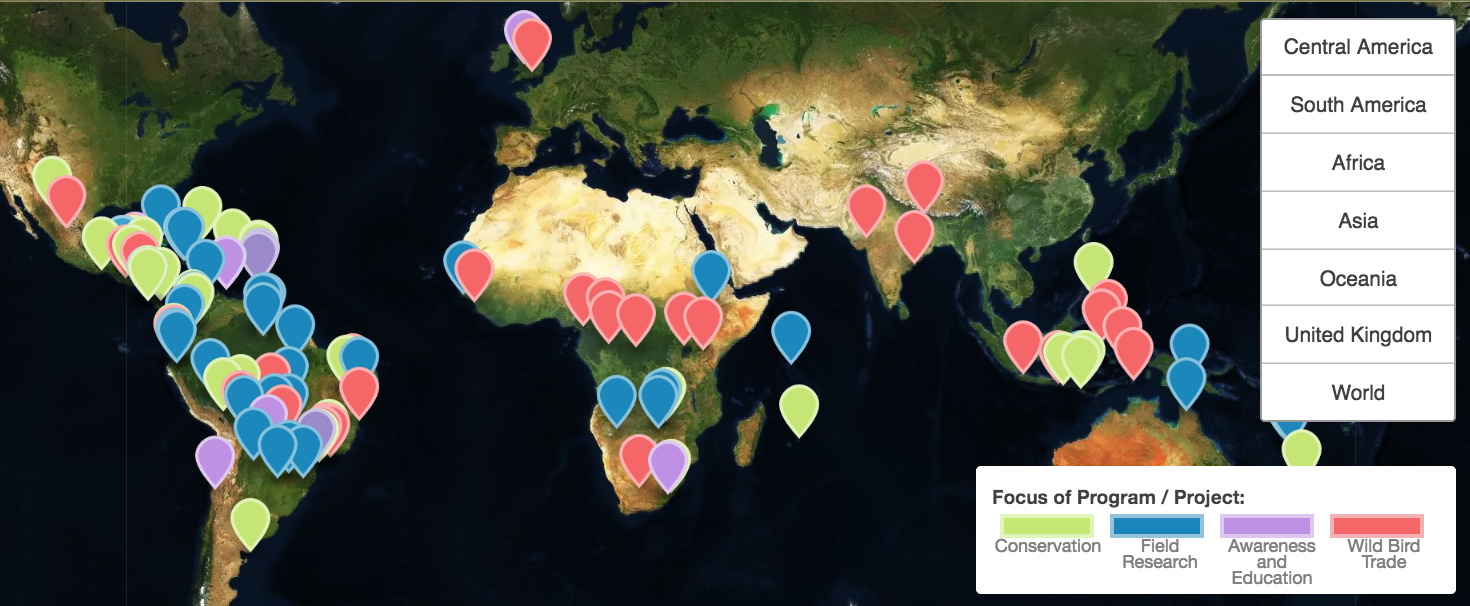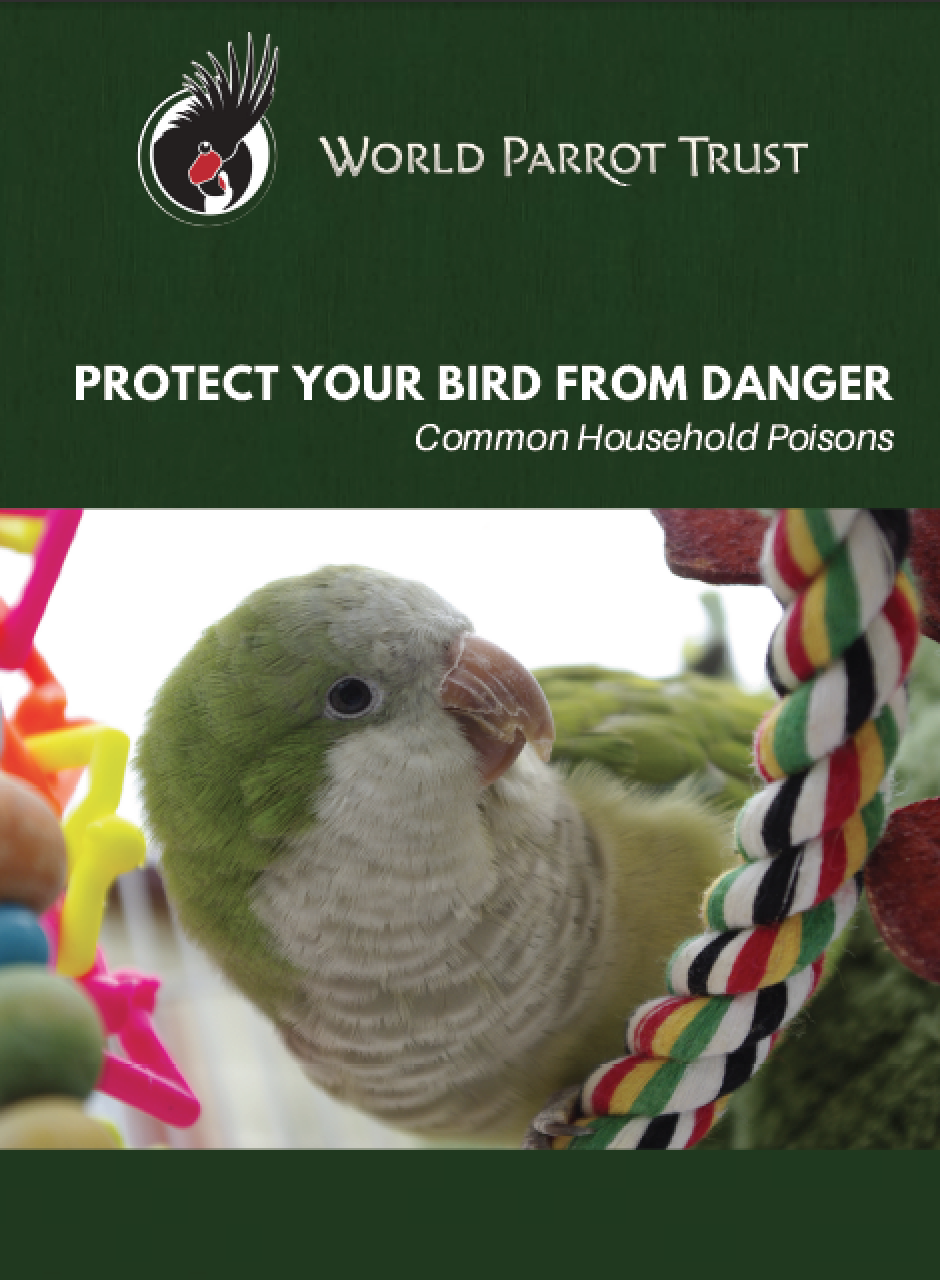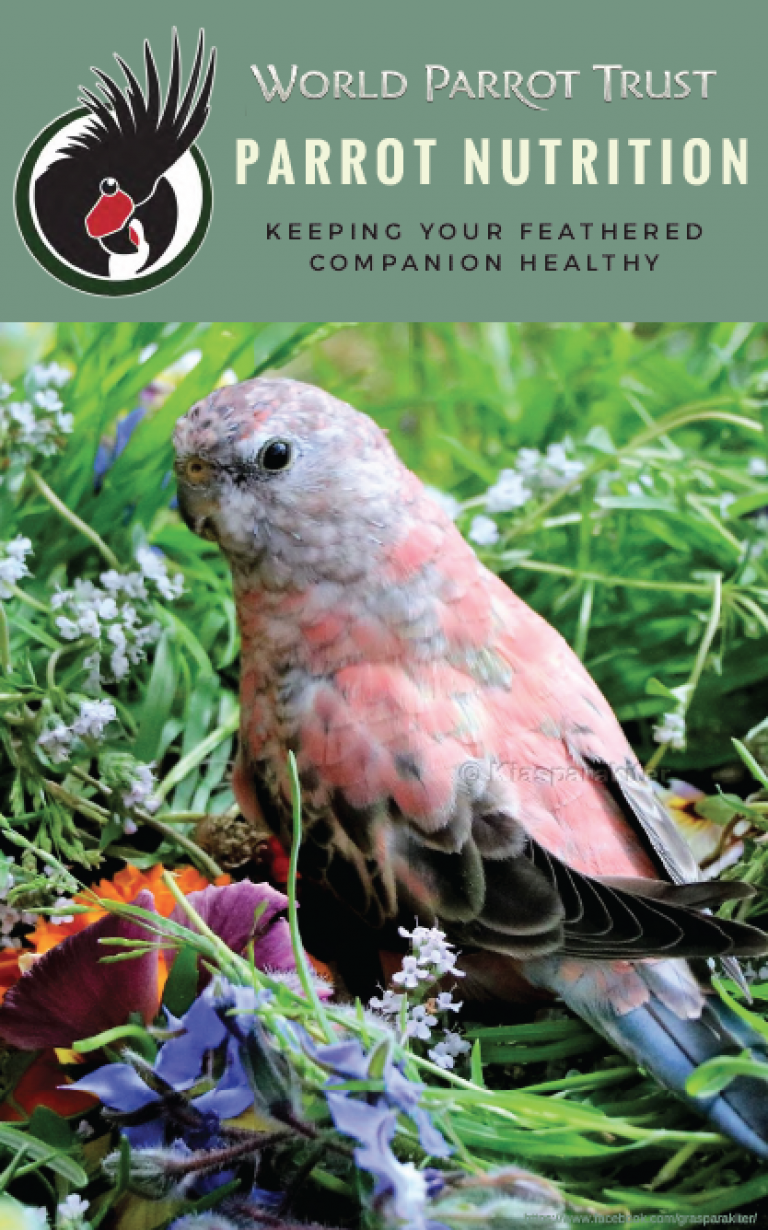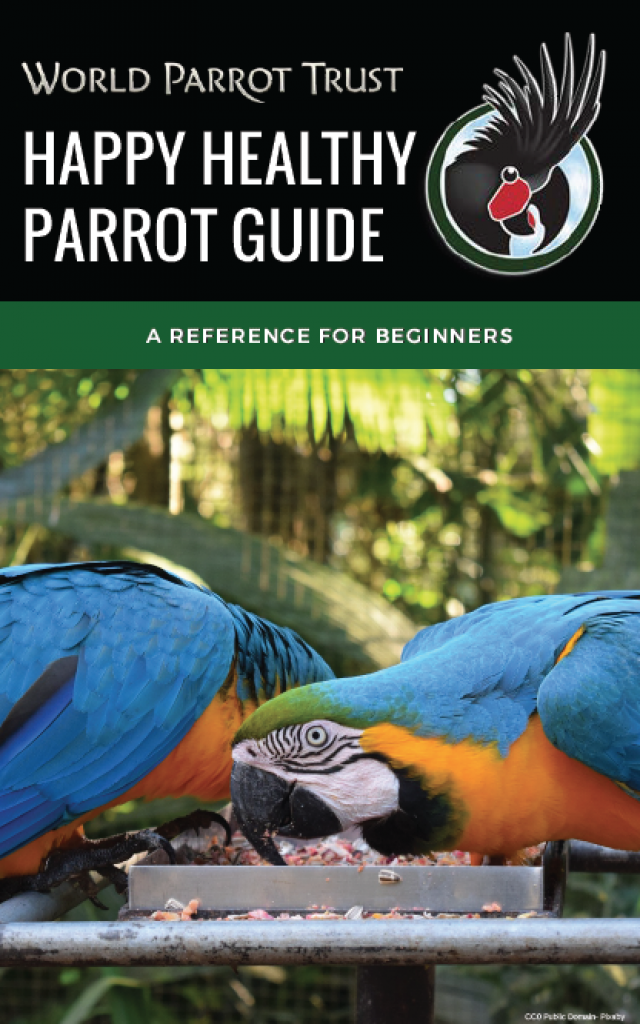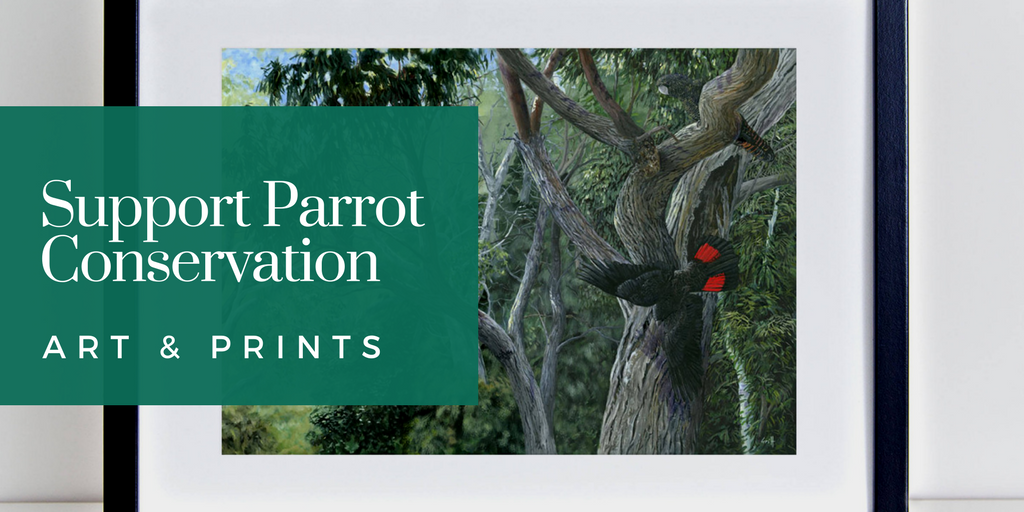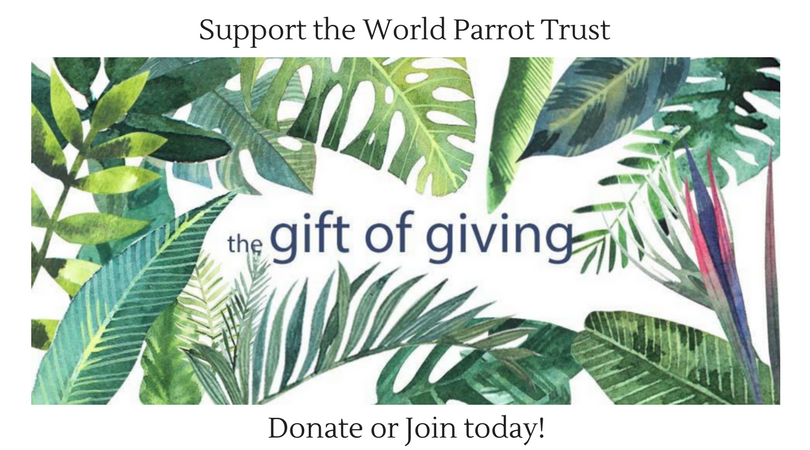
Cockatoos
There are 21 different species of cockatoos, all of which are recognizable with their showy crests and curved bills. Cockatoos are somewhat less colourful than other parrots, with their coloured features found primarily on their crest, cheeks or tail.
White cockatoos and smaller cockatiels are more commonly found as companions than black cockatoos, many of which are on the decline in the wild due to loss of habitat and the illegal bird trade.
Currently, seven species of cockatoo are considered to be vulnerable or worse, including the red-vented cockatoo and the yellow-crested cockatoo, which are listed as critically endangered.
Genus: Probosciger, Callocephalon, Nymphicus, Calyptorhynchus, Eolophus, Lophochroa, Cacatua
Habitat: Australia, Indonesia, the Philippines, Papua New Guinea and the Solomon Islands.
Protecting Cockatoos in the Wild
Caring for Cockatoos
Cockatiels live for approximately 20 years, while cockatoos can actually range between 40 to 60 years in age. Committing to life with a bird means ensuring their needs are met with regular love and attention, a healthy diet and exercise, and significant mental stimulation.
In their natural habitat, cockatoos spend much of their days flying around, foraging for food. They enjoy a healthy variety of small seeds, sprouted pulses, lentils, green leaves, vegetables, nuts, and complete kibble.
Cockatiels require an aviary of 2 m (7 feet) in length, while cockatoos need larger enclosures a minimum of 7 m (23 feet) where they can stretch their wings, and have access to baths or overhead misters for bathing.
Some cockatoos can be vigorous chewers. It’s important to provide plenty of unsprayed bird-safe branches and perches to sink their beaks into, such as fir or pine. Tanned leather chew toys, non-toxic food-finder and preening toys, as well as destructible and non-destructible toys help keep their active minds engaged and prevent boredom, feather plucking, or other bad habits.
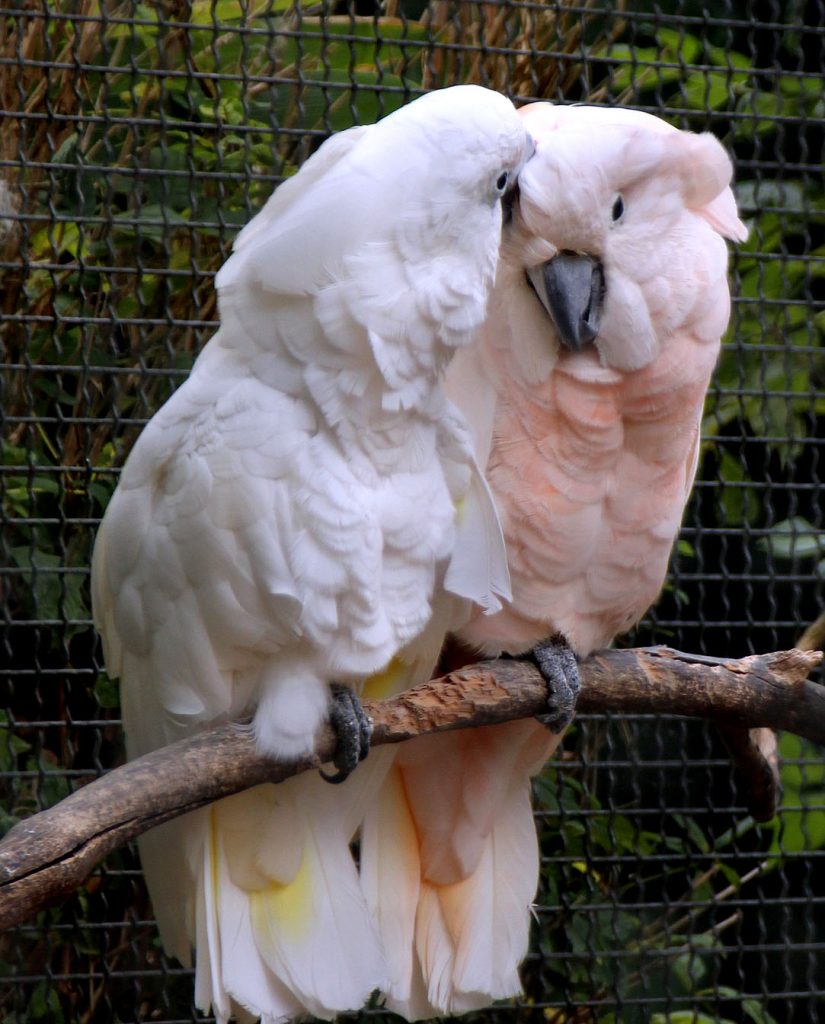
Parrot Owner Resources
Keep your parrot healthy and safe with advice from the world’s parrot experts in our free guides and podcasts.
Videos
Find more videos or explore any other parrot species with the World Parrot Trust parrot encyclopedia.
Free Cockatoo Wallpapers When You Subscribe to FlockTalk

© Copyright 2018 World Parrot Trust. All rights reserved.
